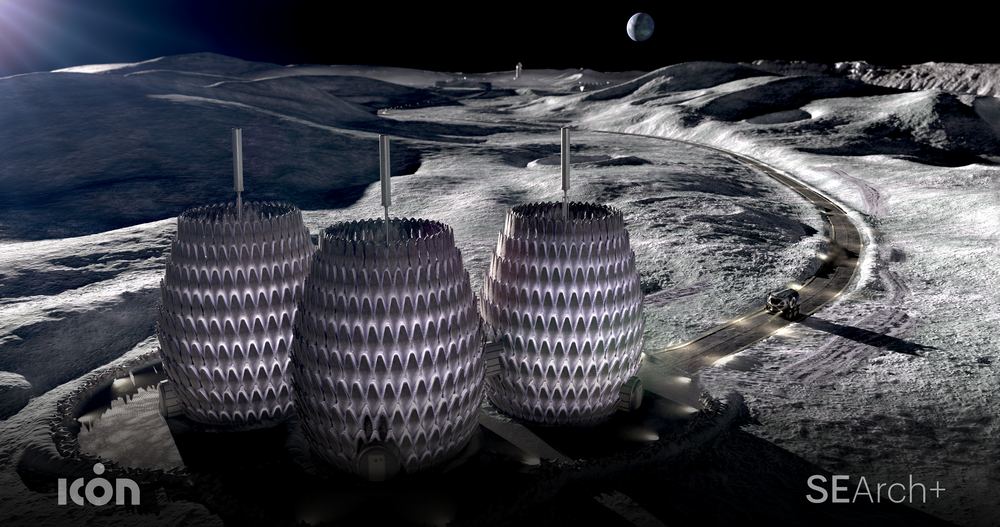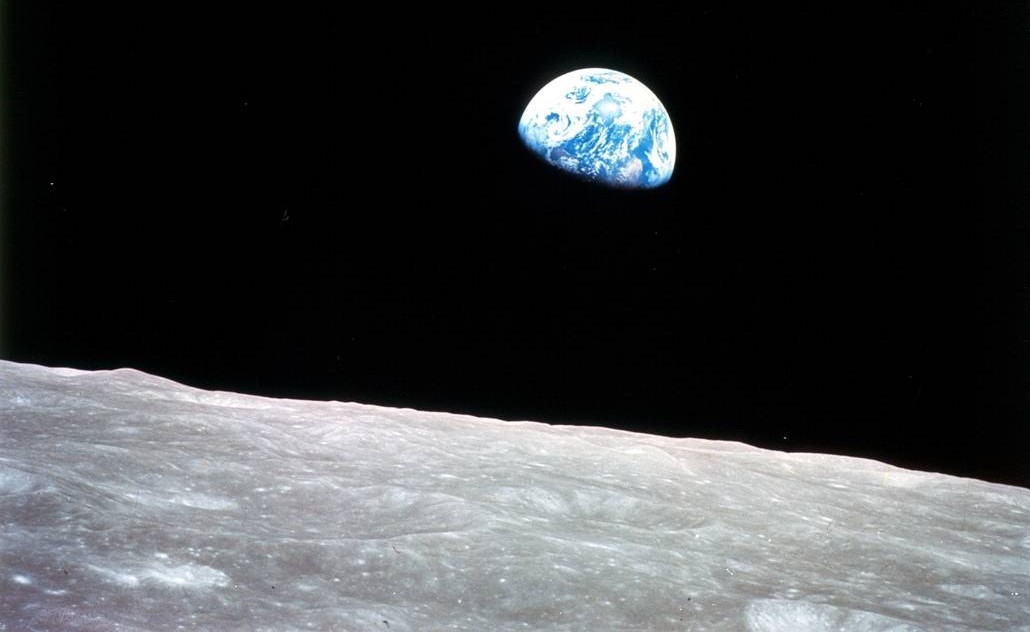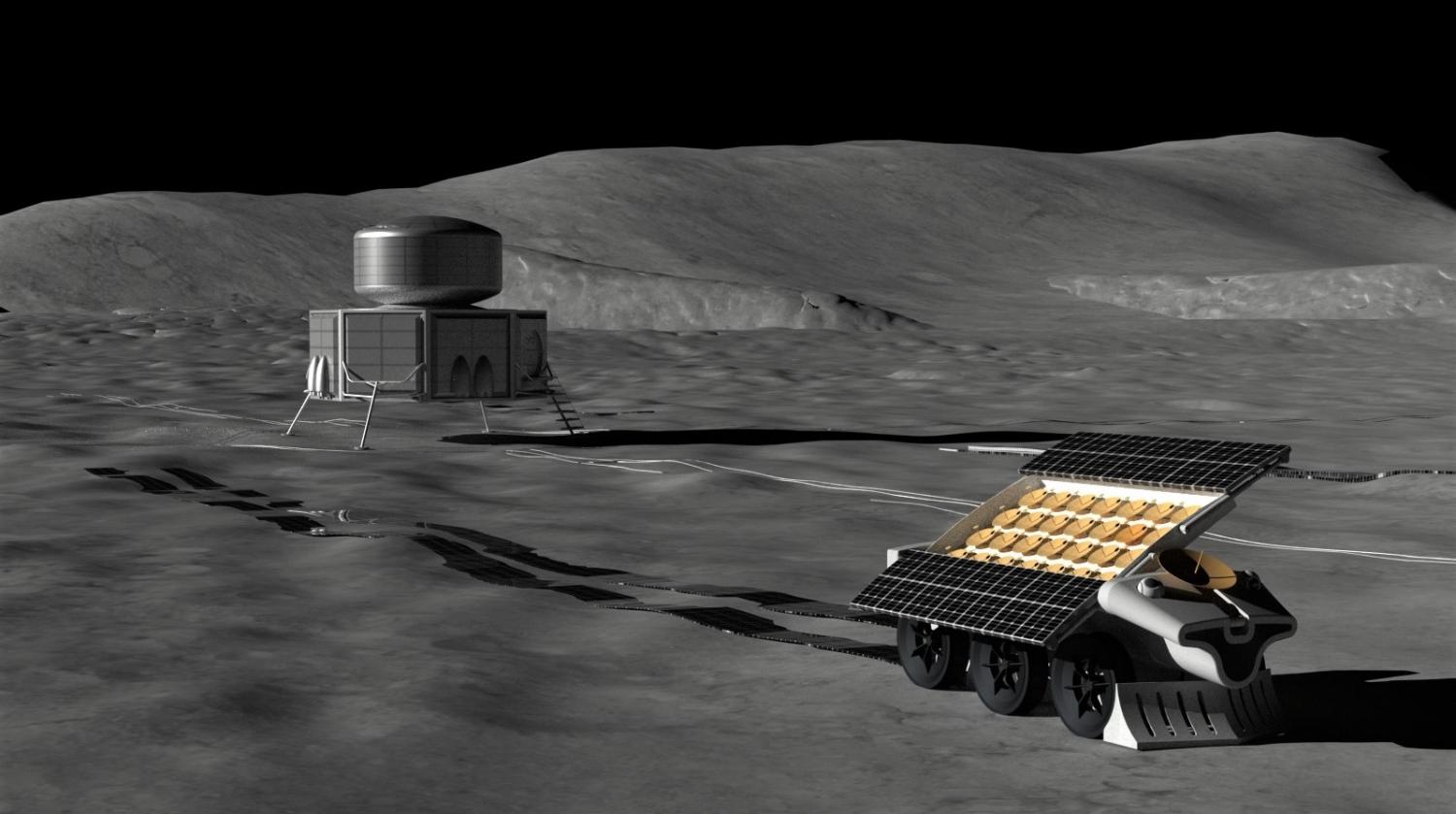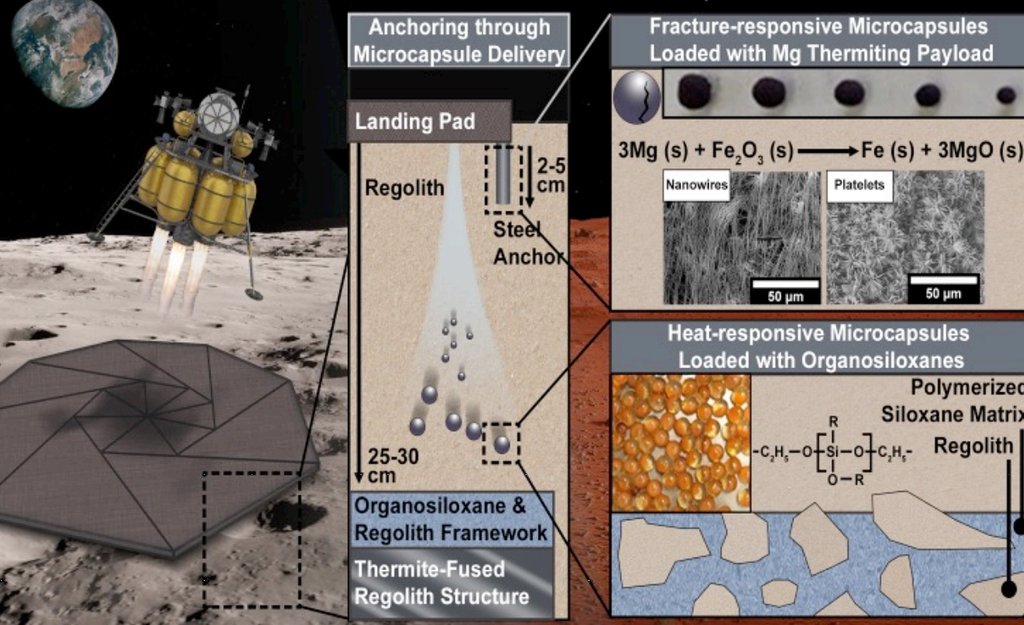Despite all its wonderful properties, water isn’t the only resource needed for space exploration. Carbon is another important ingredient for many necessary materials, such as steel, rocket fuel, and biomaterials. Therefore, proponents of lunar exploration should be excited by a recent study led by Dr. Norbert Schorghofer of the Planetary Science Institute that found natural “cold traps” for carbon dioxide in some of the permanently shadowed craters of the moon.
Continue reading “Not Just Water, There Could be Frozen Carbon Dioxide on the Moon too”NASA is Building a Nuclear Reactor to Power Lunar and Martian Exploration!
Over the next fifteen years, multiple space agencies and their commercial partners intend to mount crewed missions to the Moon and Mars. In addition to placing “footprints and flags” on these celestial bodies, there are plans to establish the infrastructure to allow for a long-term human presence. To meet these mission requirements and ensure astronaut safety, several technologies are currently being researched and developed.
At their core, these technologies are all about achieving self-sufficiency in terms of resources, materials, and energy. To ensure that these missions have all the energy they need to conduct operations, NASA is developing a Fission Surface Power (FSP) system that will provide a safe, efficient, and reliable electricity supply. In conjunction with solar cells, batteries, and fuel cells, this technology will allow for long-term missions to the Moon and Mars in the near future.
Continue reading “NASA is Building a Nuclear Reactor to Power Lunar and Martian Exploration!”There’s Enough Oxygen in the Lunar Regolith to Support Billions of People on the Moon
When it comes to the future of space exploration, a handful of practices are essential for mission planners. Foremost among them is the concept of In-Situ Resource Utilization (ISRU), providing food, water, construction materials, and other vital elements using local resources. And when it comes to missions destined for the Moon and Mars in the coming years, the ability to harvest ice, regolith, and other elements are crucial to mission success.
In preparation for the Artemis missions, NASA planners are focused on finding the optimal way to produce oxygen gas (O2) from all of the elemental oxygen locked up in the Moon’s surface dust (aka. lunar regolith). In fact, current estimates indicate that there is enough elemental oxygen contained in the top ten meters (33 feet) of lunar regolith to create enough O2 for every person on Earth for the next 100,000 years – more than enough for a lunar settlement!
Continue reading “There’s Enough Oxygen in the Lunar Regolith to Support Billions of People on the Moon”Bacteria Could Make Rocket Fuel on Mars
There are many types of rocket fuel. Some are more useful on a particular planet. And some can be created by bacteria. A team from Georgia Tech has found a rocket fuel with an interesting mix of those characteristics that might be a focal point of in-situ resource utilization – on Mars.
Continue reading “Bacteria Could Make Rocket Fuel on Mars”Chefs on the Moon Will be Cooking up Rocks to Make air and Water
NASA has delayed their Artemis mission to the Moon, but that doesn’t mean a return to the Moon isn’t imminent. Space agencies around the world have their sights set on our rocky satellite. No matter who gets there, if they’re planning for a sustained presence on the Moon, they’ll require in-situ resources.
Oxygen and water are at the top of a list of resources that astronauts will need on the Moon. A team of engineers and scientists are figuring out how to cook Moon rocks and get vital oxygen and water from them. They presented their results at the Europlanet Science Congress 2021.
Continue reading “Chefs on the Moon Will be Cooking up Rocks to Make air and Water”The Lunar Lantern Could be a Beacon for Humanity on the Moon
In October of 2024, NASA’s Artemis Program will return astronauts to the surface of the Moon for the first time since the Apollo Era. In the years and decades that follow, multiple space agencies and commercial partners plan to build the infrastructure that will allow for a long-term human presence on the Moon. An important part of these efforts involves building habitats that can ensure the astronauts’ health, safety, and comfort in the extreme lunar environment.
This challenge has inspired architects and designers from all over the world to create innovative and novel ideas for lunar living. One of these is the Lunar Lantern, a base concept developed by ICON (an advanced construction company based in Austin, Texas) as part of a NASA-supported project to build a sustainable outpost on the Moon. This proposal is currently being showcased as part of the 17th International Architecture Exhibition at the La Biennale di Venezia museum in Venice, Italy.
Continue reading “The Lunar Lantern Could be a Beacon for Humanity on the Moon”How do you get Power into Your Lunar Base? With a Tower of Concrete Several Kilometers High
It sounds like science fiction, but building an enormous tower several kilometers high on the Lunar surface may be the best way to harness solar energy for long-term Lunar exploration. Such towers would raise solar panels above obstructing geological features on the Lunar surface, and expand the surface area available for power generation.
Continue reading “How do you get Power into Your Lunar Base? With a Tower of Concrete Several Kilometers High”NASA is Considering a Radio Telescope on the Far Side of the Moon
The University of Colorado Boulder and Lunar Resources Inc. have just won NASA funding to study the possibility of building a radio telescope on the far side of the Moon. The project, called FarView, would harvest building materials from the Lunar surface itself, and use robotic rovers to construct a massive, intricate network of wires and antennas across 400 square kilometers. When complete, FarView would allow radio astronomers to observe the sky in low-frequency radio wavelengths with unprecedented clarity.
Continue reading “NASA is Considering a Radio Telescope on the Far Side of the Moon”Mining Water and Metal From the Moon at the Same Time
In-situ resource utilization (ISRU) is becoming a more and more popular topic as space exploration begins to focus on landing on the surface of other bodies in the solar system. ISRU focuses on making things that are needed to support the exploration mission out of materials that are easily accessible at the site being explored. Similar to how European explorers in the New World could build canoes out of the wood they found there.
Recently NASA’s Institute for Advanced Concepts (NIAC) has started looking more closely at a variety of ISRU projects as part of their Phase I Fellows program. One of the projects selected, led by Amelia Grieg at the University of Texas, El Paso, is a mining technique that would allow explorers to dig up water, metal, and other useful materials, all at the same time.
Continue reading “Mining Water and Metal From the Moon at the Same Time”NASA Invests in a Plan to Build Landing Pads and Other Structures on the Moon out of Regolith
Materials are a crucial yet underappreciated component of any space exploration program. Without novel materials and ways to make them, things that are commonplace today, such as a Falcon 9 rocket or the Mars rovers, would never have been possible. As humanity expands into the solar system, it will need to make more use of the materials found there – a process commonly called in-situ resource utilization (ISRU). Now, the advanced concepts team at NASA has taken a step towards supporting that process by supporting a proposal from Dr. Sarbajit Banerjee, a chemist at Texas A&M. The proposal suggests using lunar regolith to build a stable landing pad for future moon missions.
Continue reading “NASA Invests in a Plan to Build Landing Pads and Other Structures on the Moon out of Regolith”









